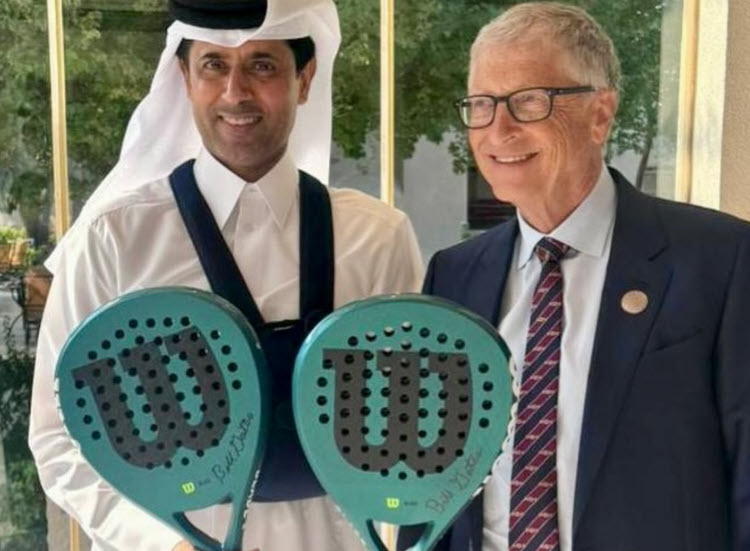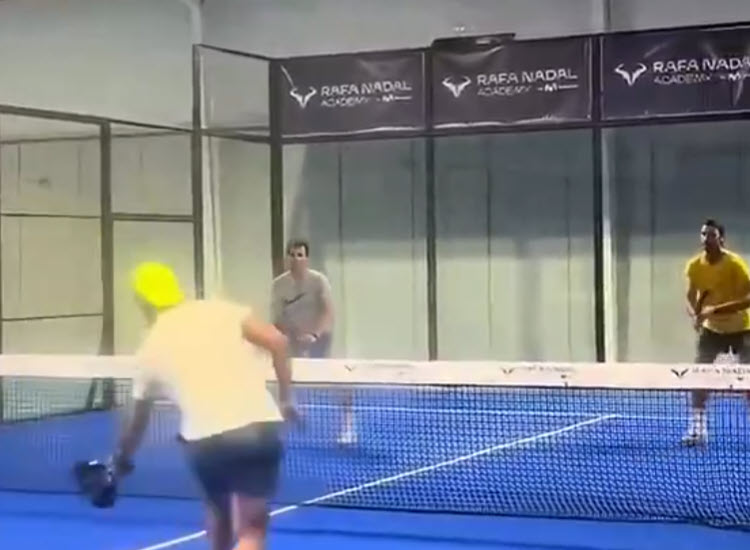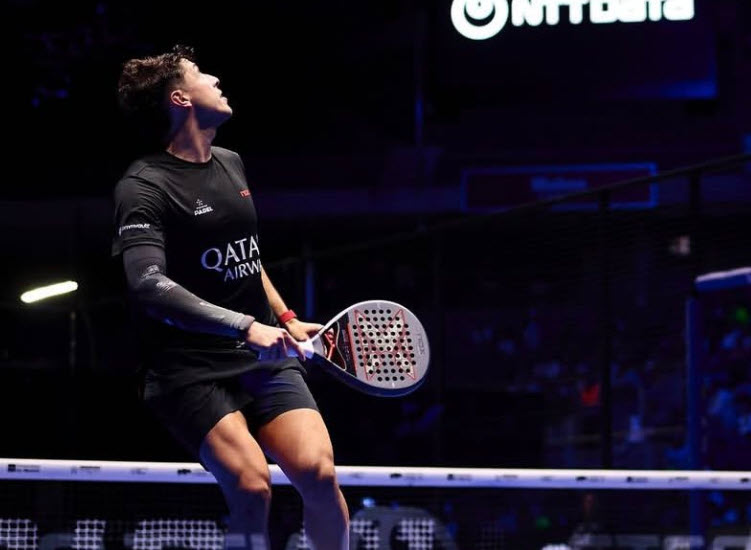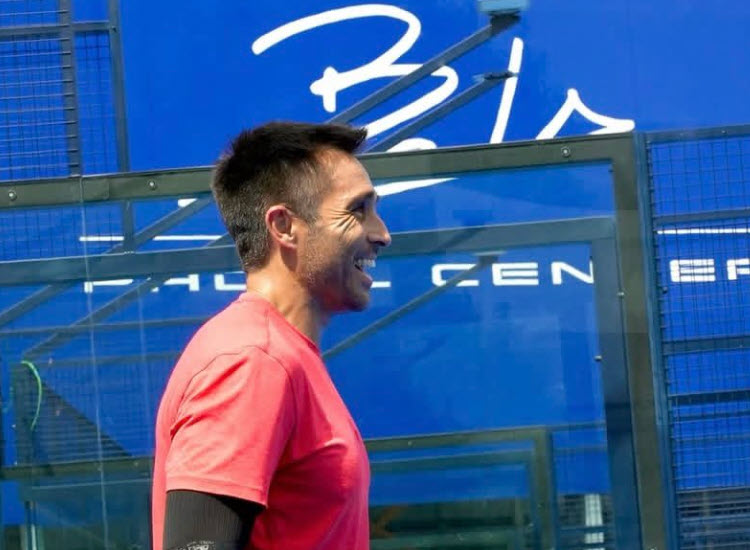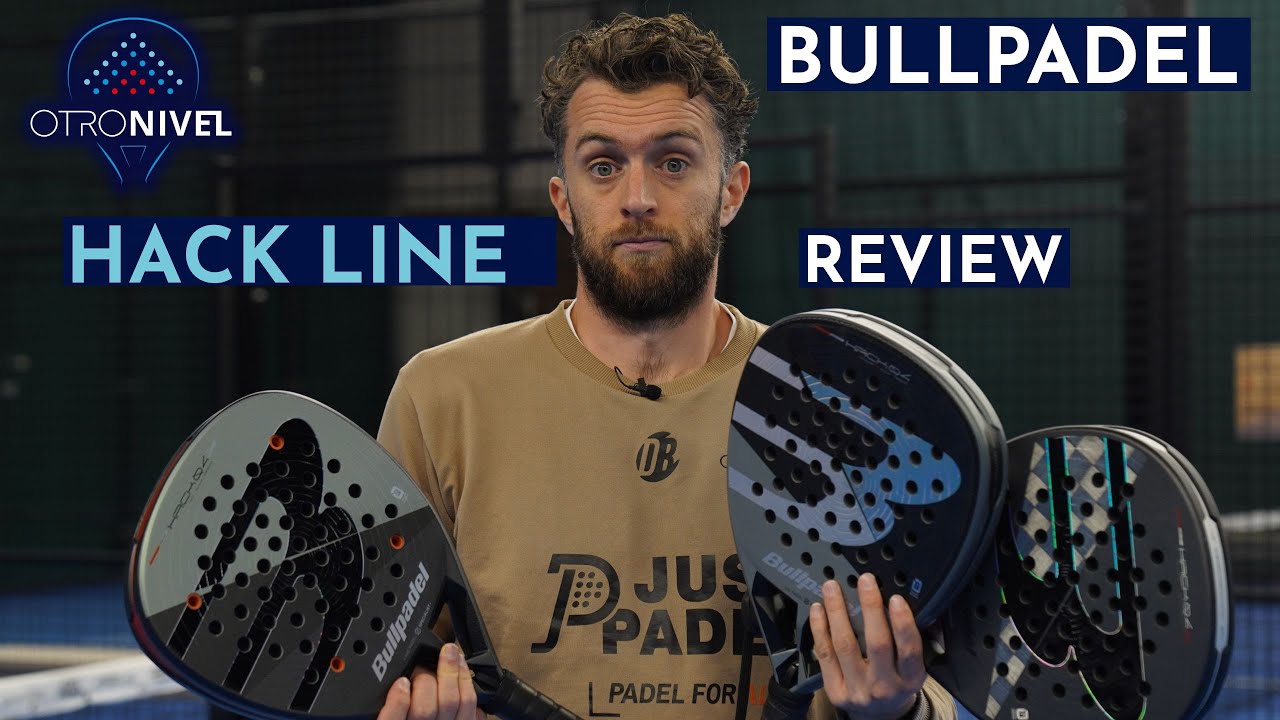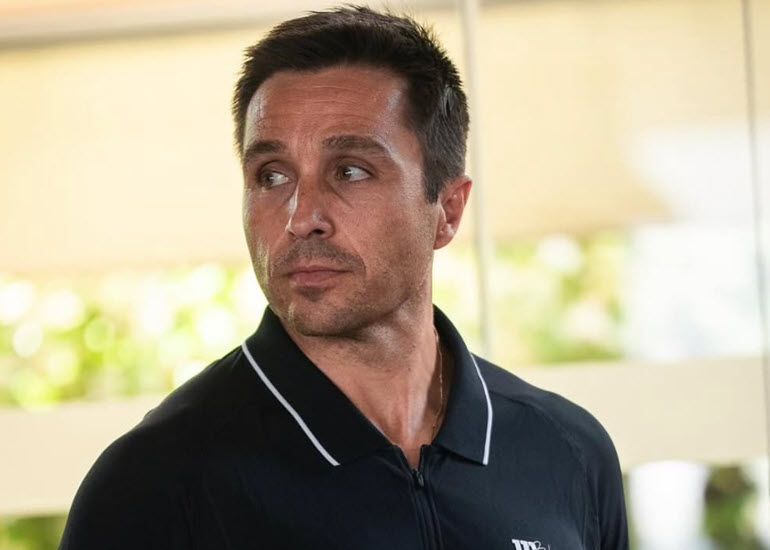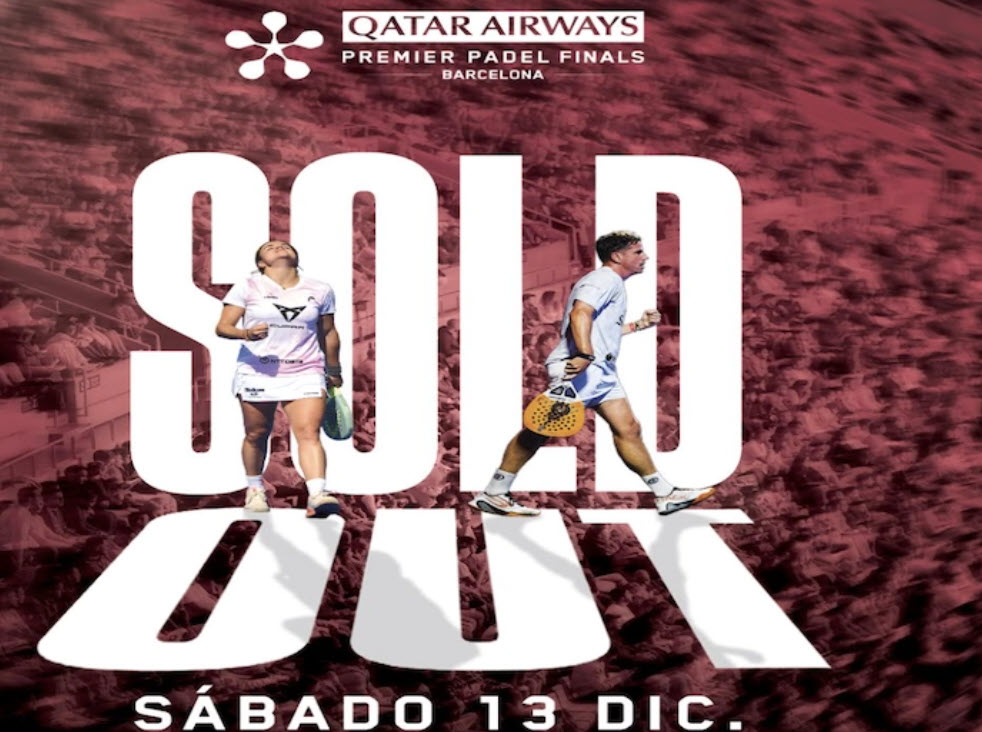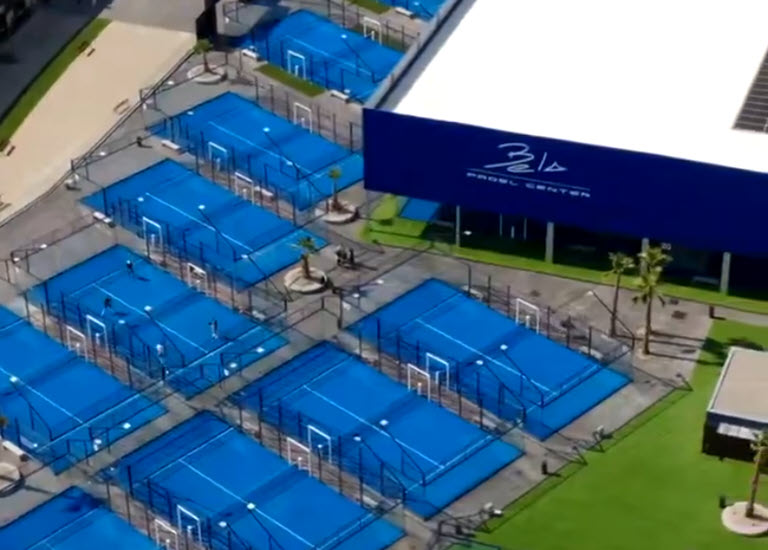
With The French Open and Wimbledon adjacent to each other on the tennis calendar, many players have a choice: either prepare for the clay court season or get some early practice on grass. Very few players have managed to master both surfaces. But which is better, being the best on clay or the best on grass?
When Andre Agassi won the French Open in 1999, he became the first player in the modern era to win all four of the Grand Slams. Since then, three players have matched that feat: Rafael Nadal, Roger Federer, and Novak Djokovic.
While the latter three are an anomaly in their combined dominance of tennis (all happening in the same generation), this feat isn’t close to being matched by any other player since Agassi.
The skills needed for the different surfaces vary. The players who have fared the best on the two contrasting surfaces have had different types of careers. Getting to the top and staying at the top has depended on being either a fast-serving grass court king or a player who can maintain multiple thirty-shot baseline rallies and five-hour matches on the red clay courts.
Clay Court Kings
The best clay court player of all time must be Rafael Nadal; he’s won 17 Grand Slam titles, 11 on clay. In total, Nadal has 57 clay court titles and a further 23 on other surfaces. He has the longest continuous winning streak on one surface, with over 81 consecutive matches won on clay between 2005 and 2007.
THE KING OF CLAY
|
| Embed from Getty Images |
Bjorn Bjorg won six French Opens between 1974 and 1981 and dominated the professional game for eight years until retiring at the tender age of 28. Due to his phenomenal success and popularity, he was one of the first players to amass more than one million dollars in a single season.
Gustavo Kuerten managed to get to world number one primarily for his clay court prowess, winning the French Open in 1997, 2000 and 2001, and also claiming five other ATP Masters titles (also on clay), but he managed little success elsewhere.
Like Kuerten, Thomas Muster was a master on clay, winning the French Open in 1995 (his only Grand Slam) and dominating the surface during the 1990s with 40 titles and reaching world number one for six weeks.
Grass Court Specialists
Roger Federer’s eight grass-court Grand Slams lead the way. He tops the all-time list of Grand Slam wins and this is remarkable considering he plays in the same generation as the next two on the all-time list: Nadal and Djokovic). His 20 Grand Slams came on all surfaces, although his preference was for the hard courts, allowing his all-round game to shine.
THE KING OF GRASS
|
| Embed from Getty Images |
Before the emergence of Federer, Pete Sampras was the most dominant player at Wimbledon. He won 14 Grand Slams, half of them at Wimbledon and maintained his place at the top of the world rankings for 286 weeks.
Bjorn Bjorg managed to win both the French Open and Wimbledon in 1979, the first and only player to do so. His five Wimbledon titles almost mirror his six French Open wins and stands alone in the fact that he only won Grand Slams on these two contrasting surfaces. No wins in the Australian or US Opens.
World Number Ones Favour Grass and the Hard Courts
While the grass court season is a relatively short one, it tends to offer the players who are more comfortable on hard surfaces further opportunity to shine. It has certainly helped some of the biggest servers in tennis win a Grand Slam, including Michael Stich, Goran Ivanisevic and Andy Roddick and grass can have some surprising benefits on the odds offered by some of the bookies.
With Wimbledon on the horizon, Rizk are currently offering 51.00 on Dominic Thiem, 29.00 on big-serving Kevin Anderson and 23.00 on Stefanos Tsitsipas. In addition to their sportsbook, Rizk Casino are also well known for their straight-talking approach when comes to casino terms and bonuses, too.
The top three in three in the Wimbledon betting list is Novak Djokovic (2.55), Roger Federer (4.75) and Rafael Nadal (7.00), proving, that to be the best in the world requires more skills than just a big serve.
Pete Sampras remained at number one for such a long time, not just because he had the best serve, but also because he could overpower his opponents quickly and efficiently in short punchy rallies. But clay court specialists seem to have shorter reigns at the top. Kuerton, Muster and Carlos Moya are three champions of Roland Garros that have not managed to finish the season number one.
Anomalies are Bjorg and Nadal and being able to win regularly on both surfaces isn’t common. Most of the world number ones in tennis have all been much stronger hard court players, pretty much typified by current world number one Djokovic. Some have possessed enough skills to be regular winners on clay courts too; like Federer, Agassi and Djokovic. But many, including Ivan Lendl, Pete Sampras, and Jimmy Connors couldn’t make a lasting impression on both surfaces.
On the Top 10 list of all-time major winners, Nadal and Bjorg don’t make the Top 5 in time spent as world number one, which kind of confirms that for a tennis player to be world number one, they’ll need a stronger grass and hard court game than just perfection on clay.


